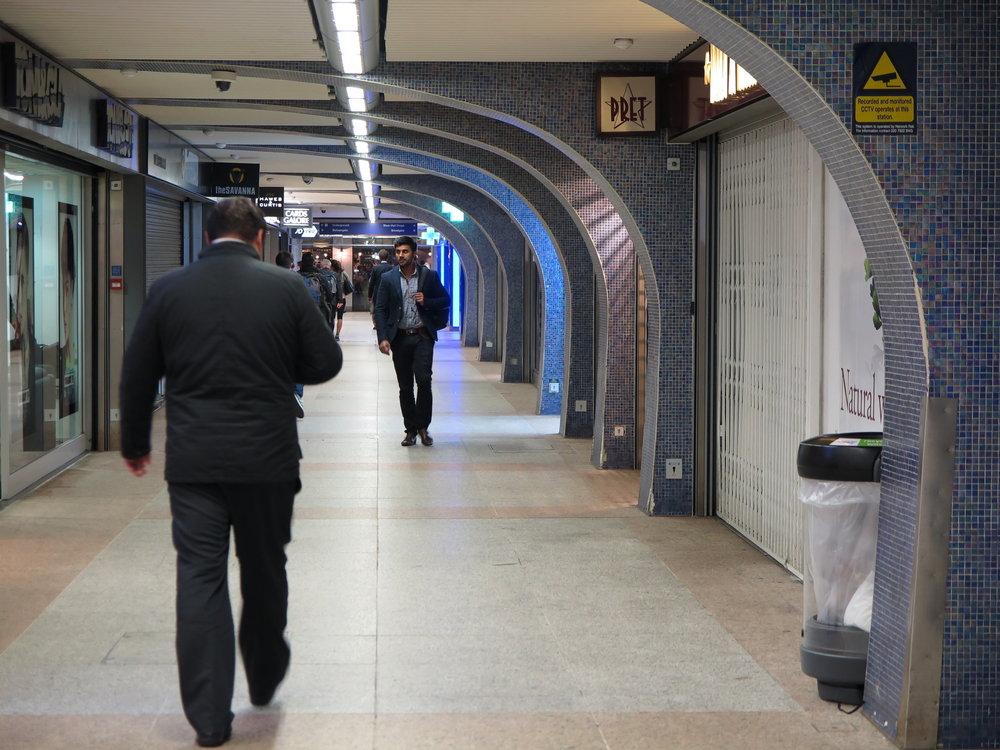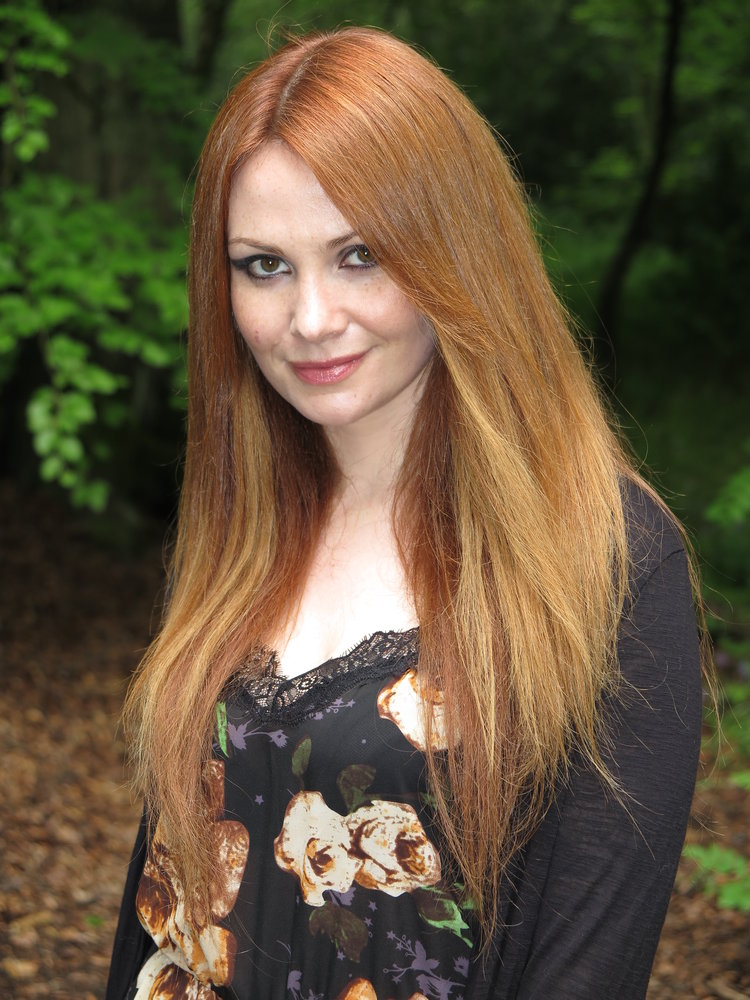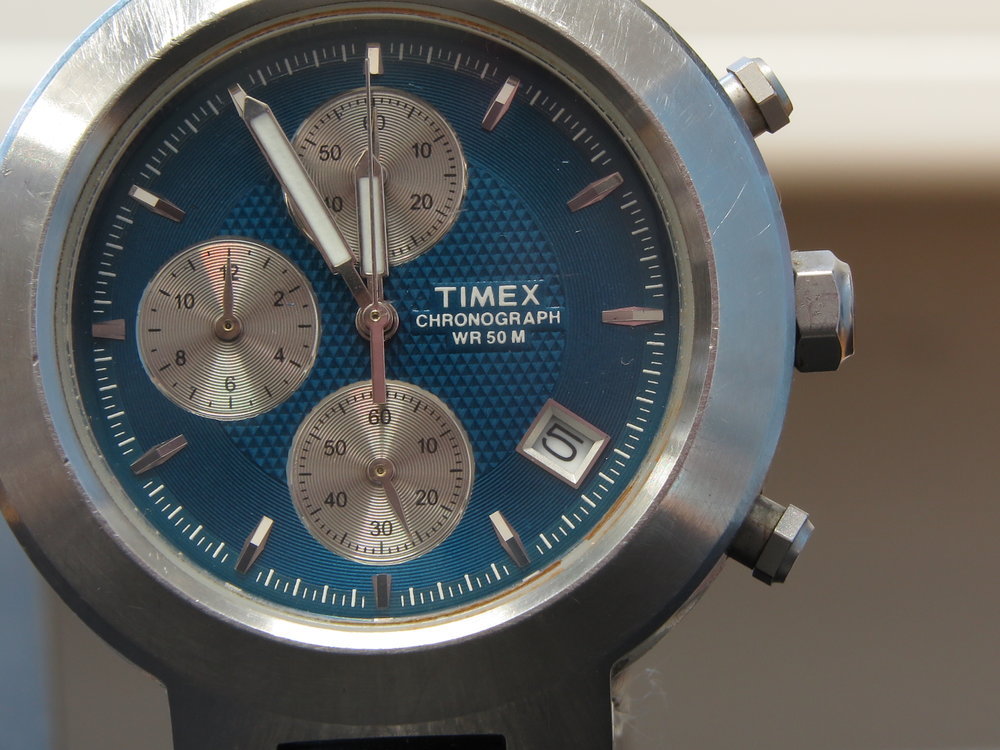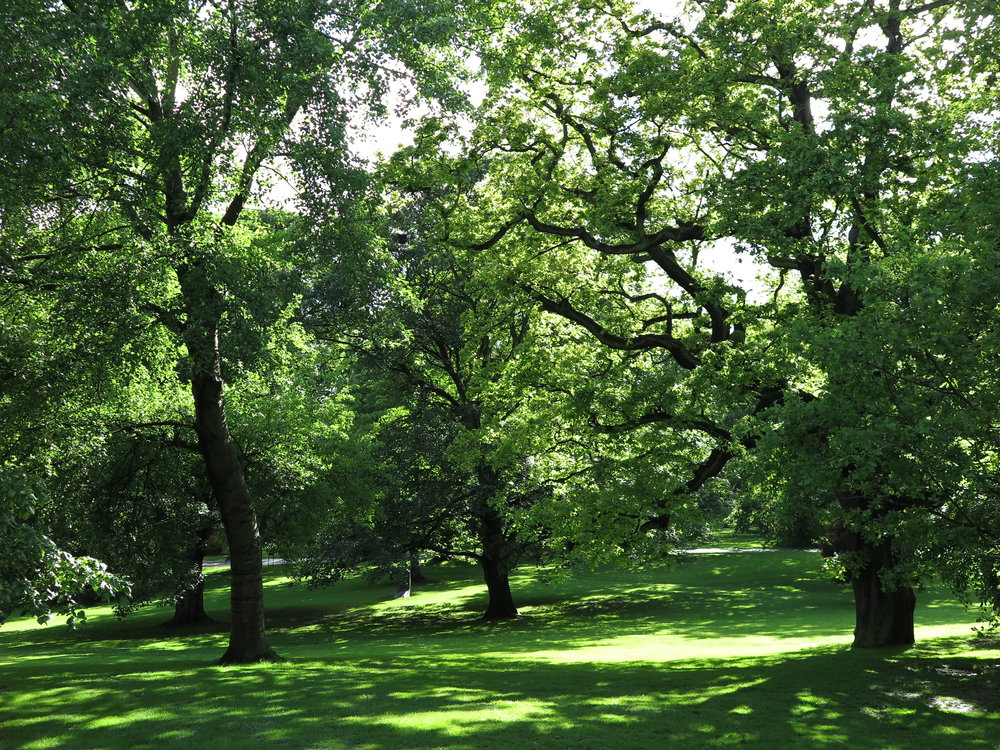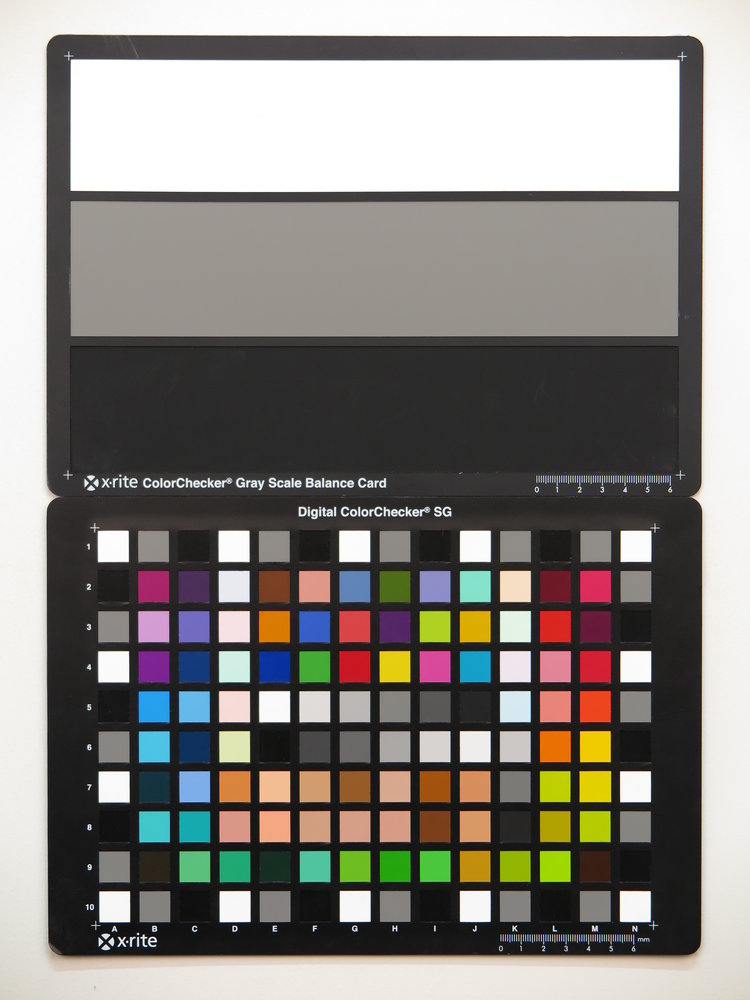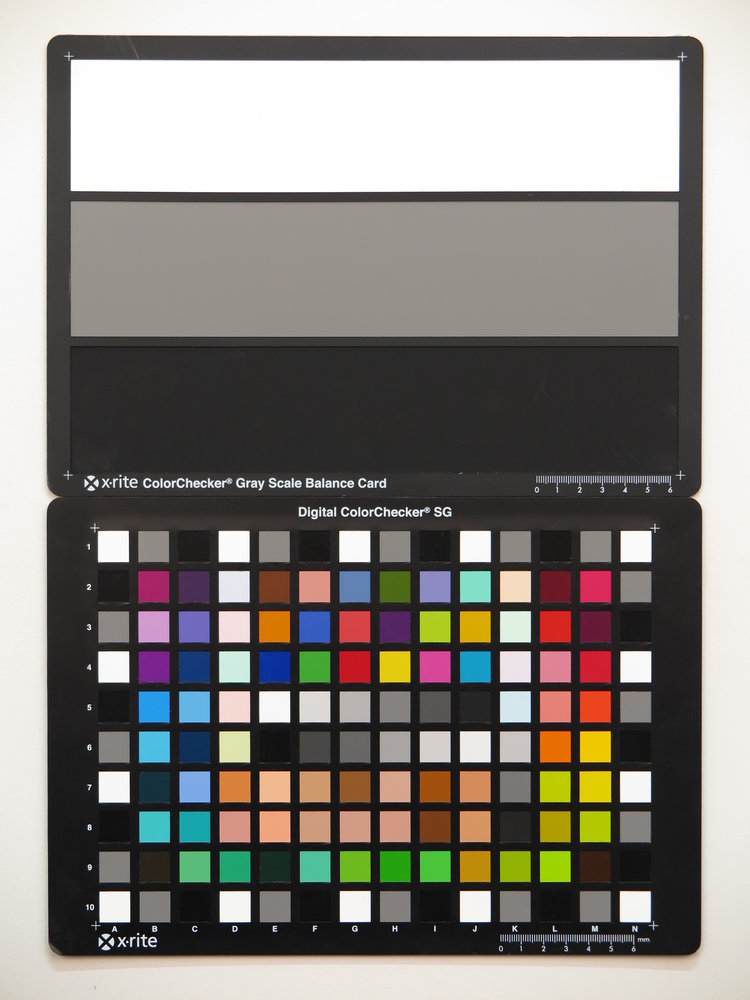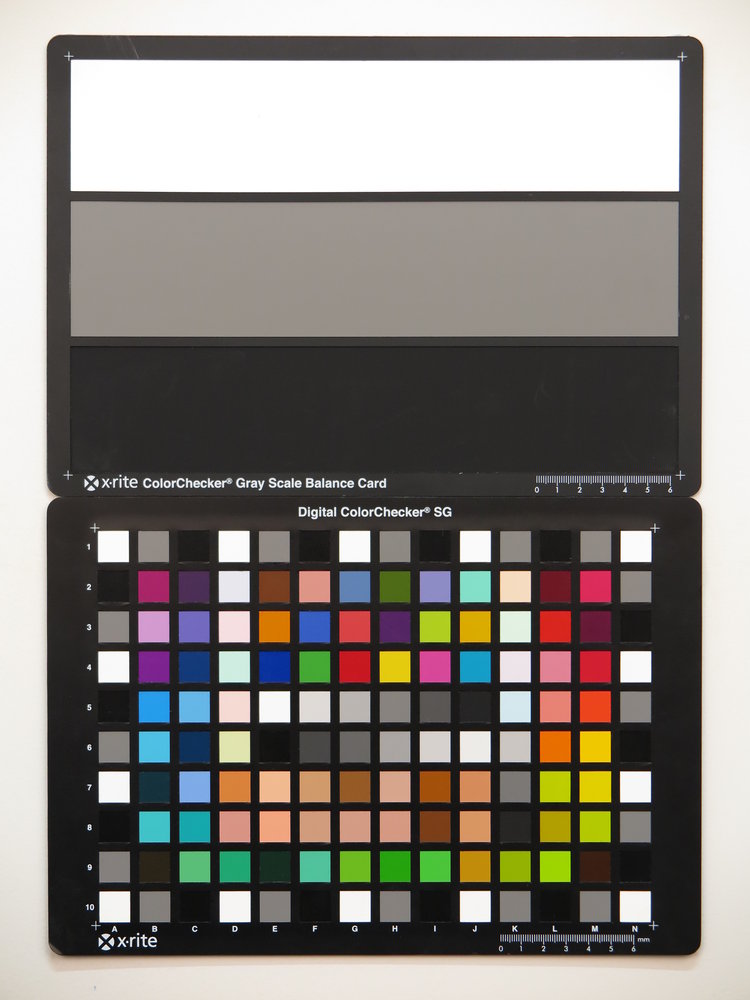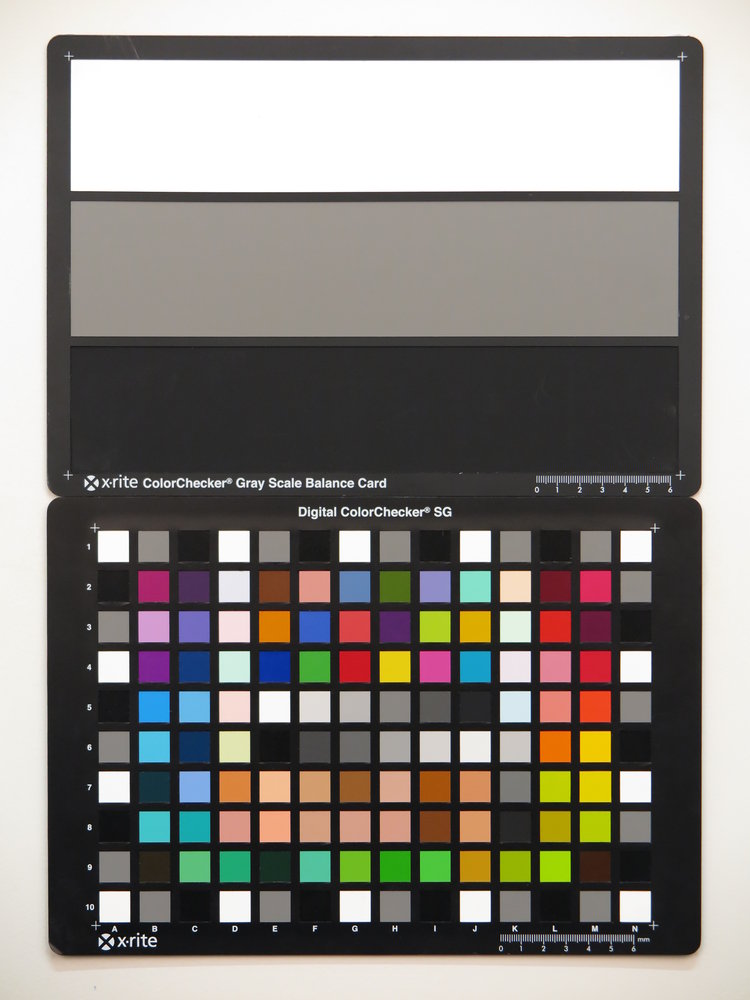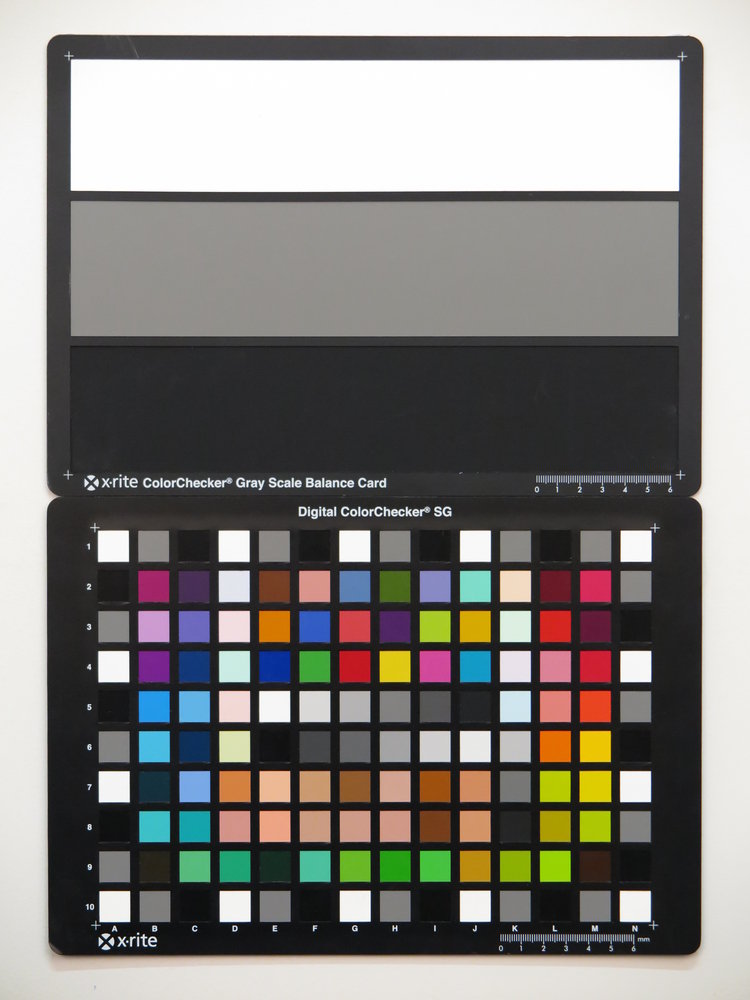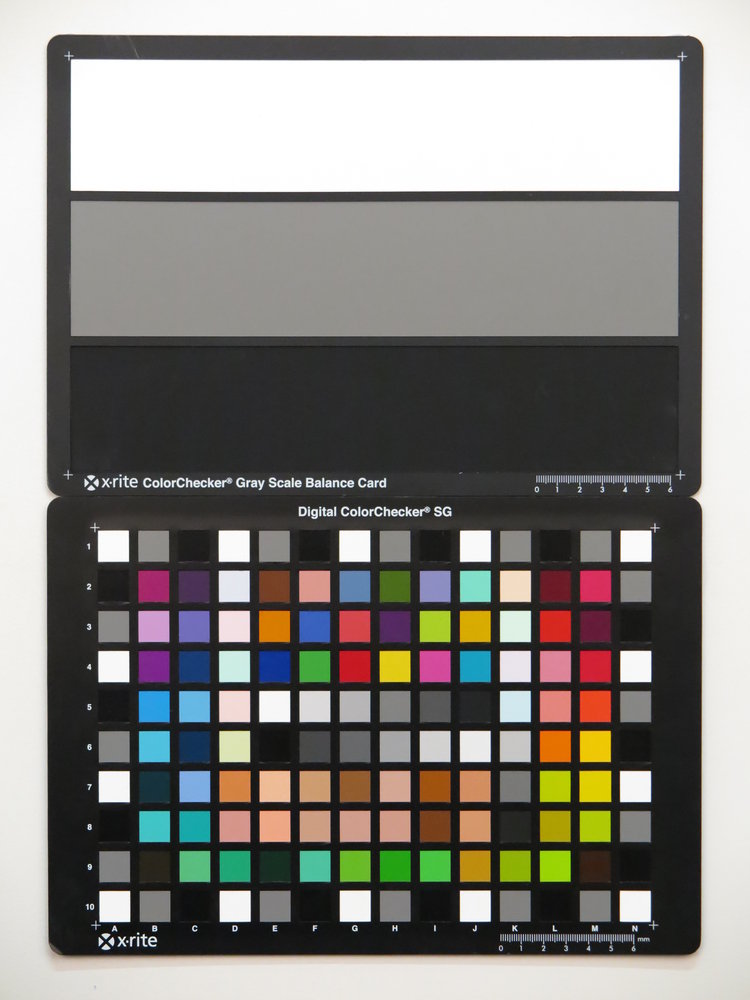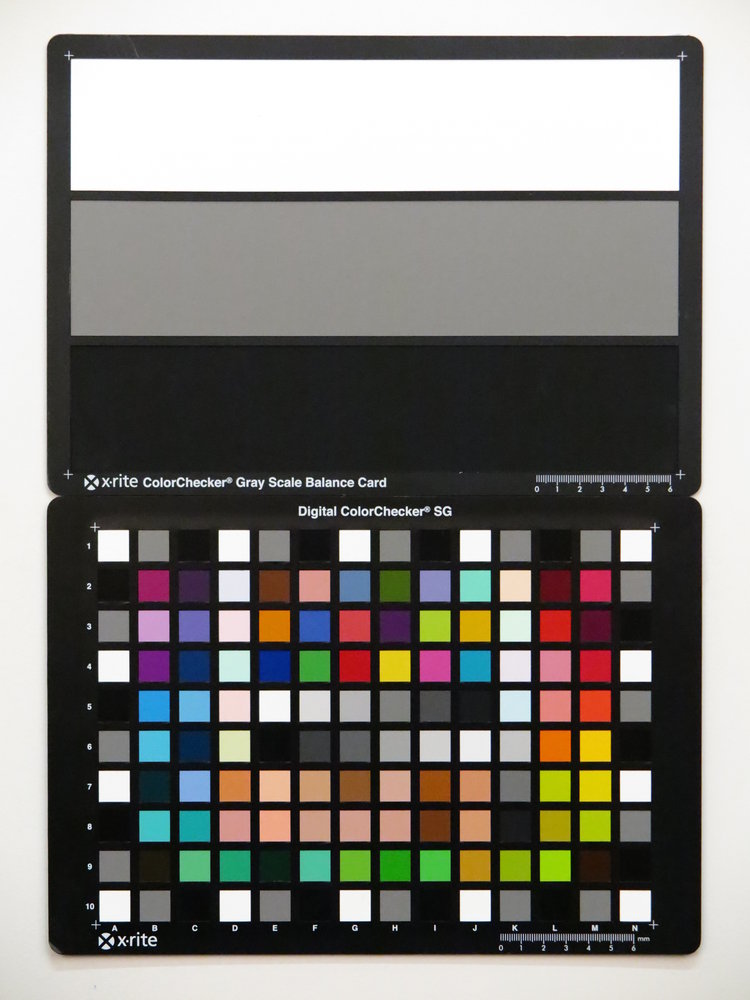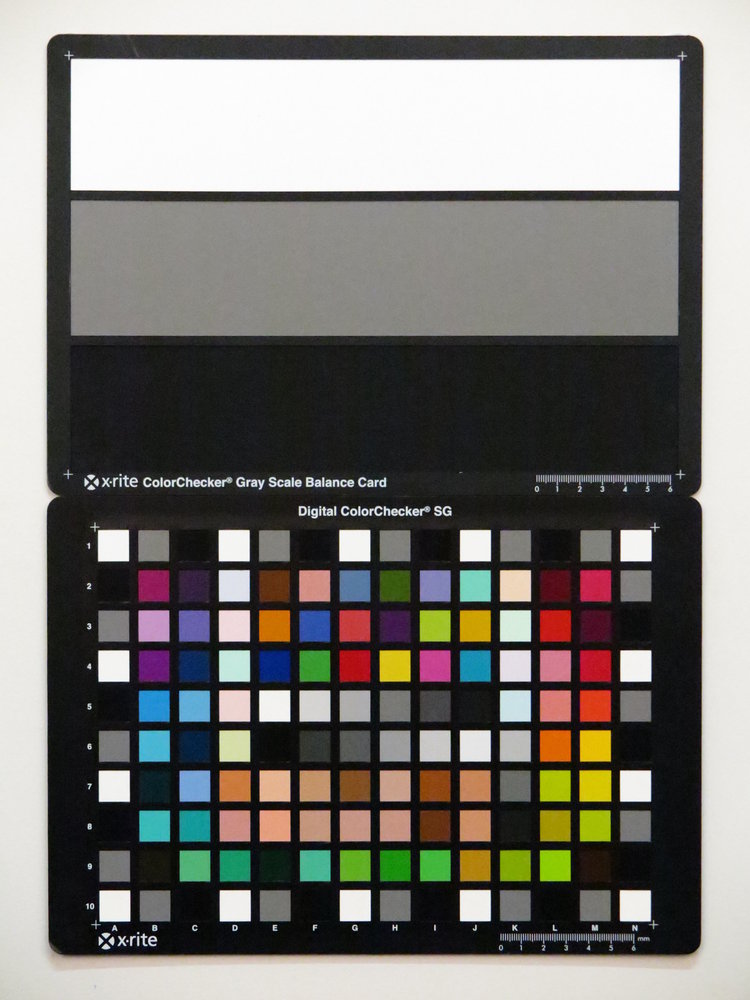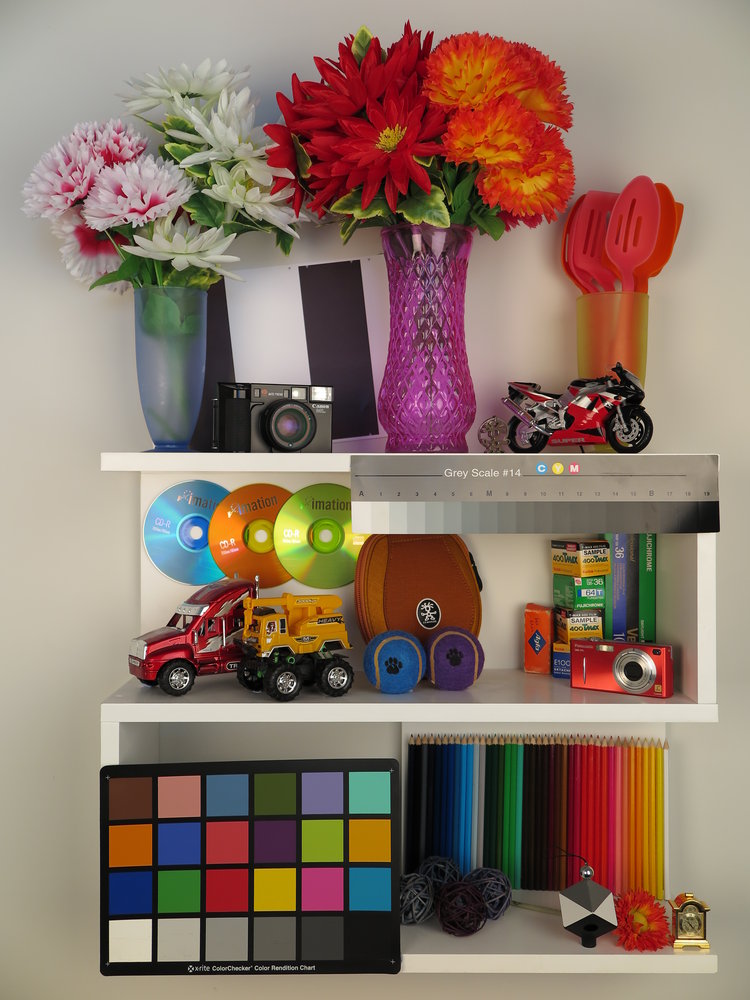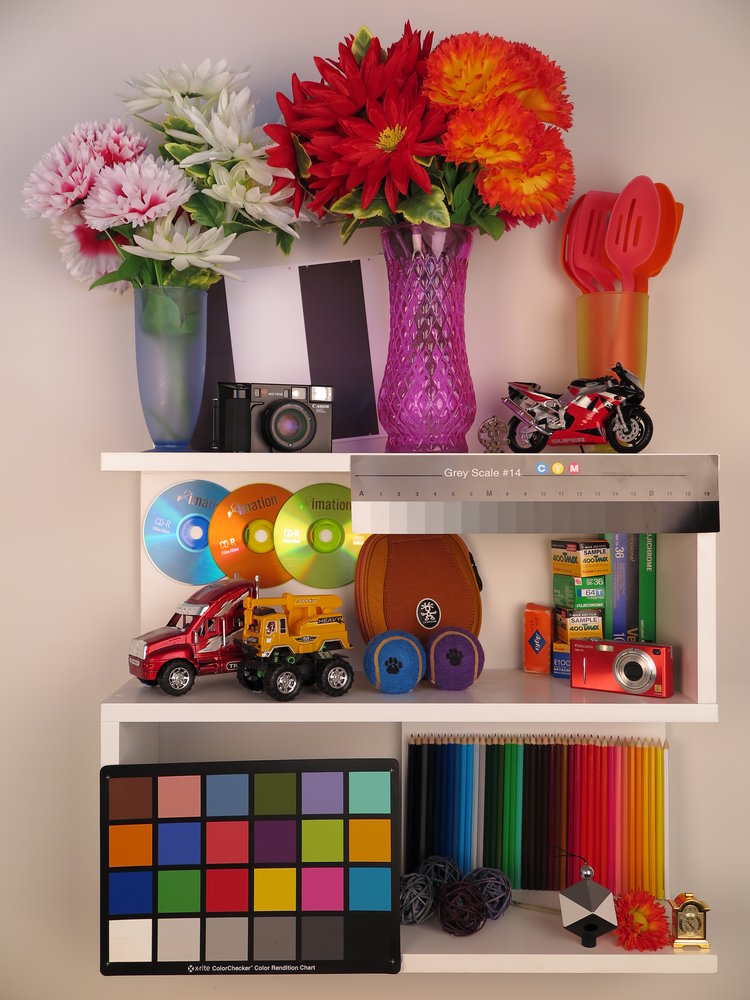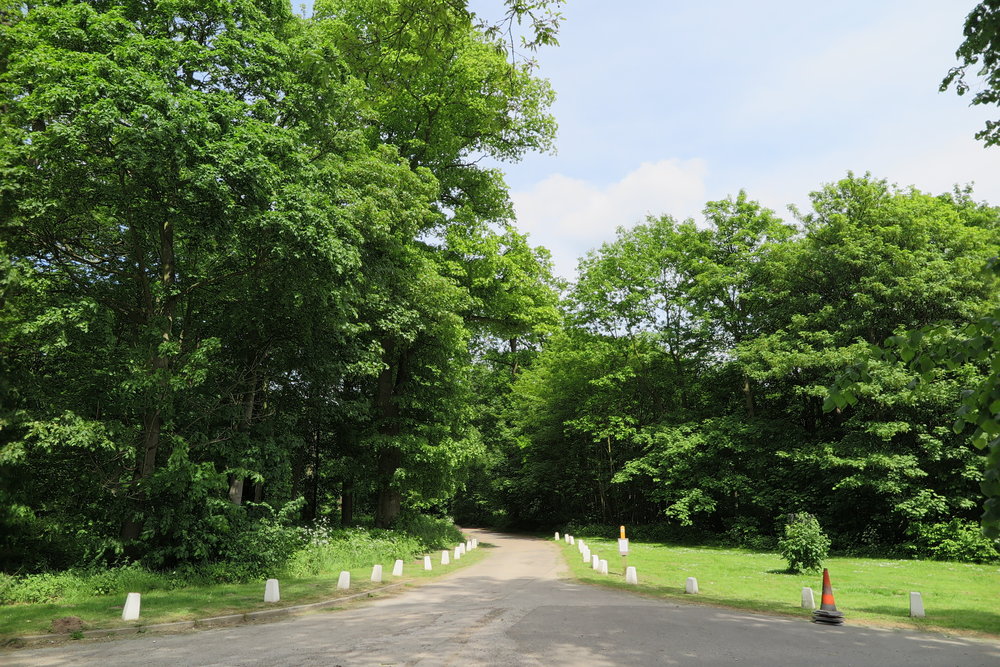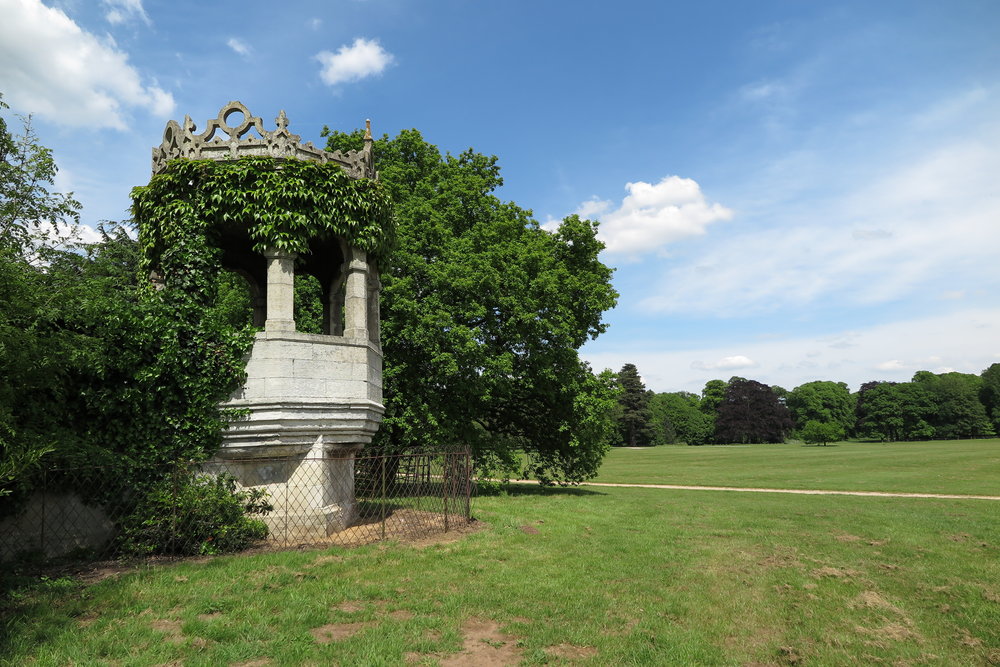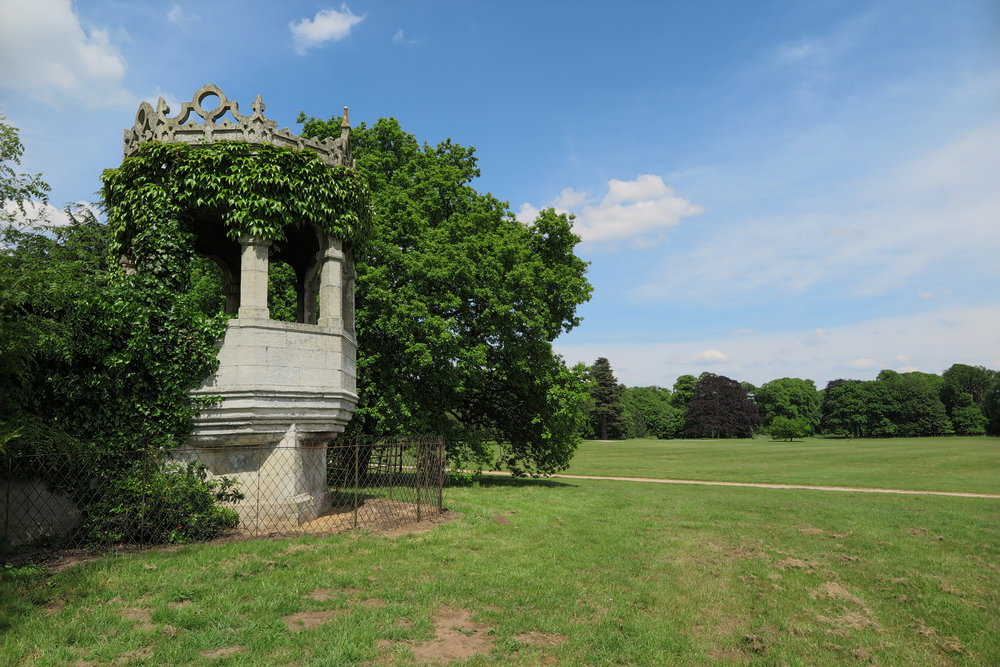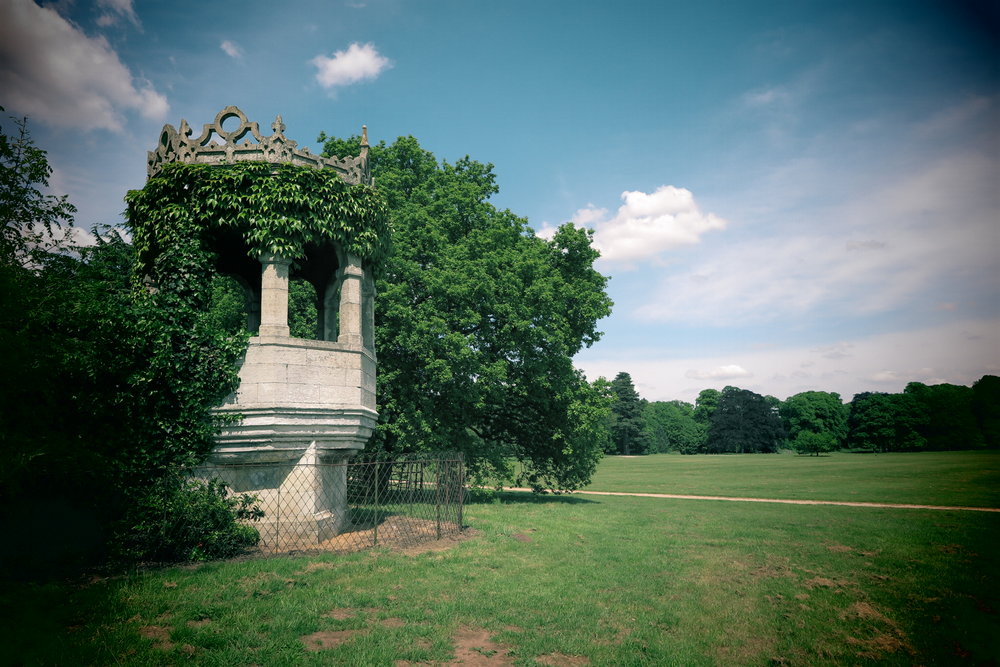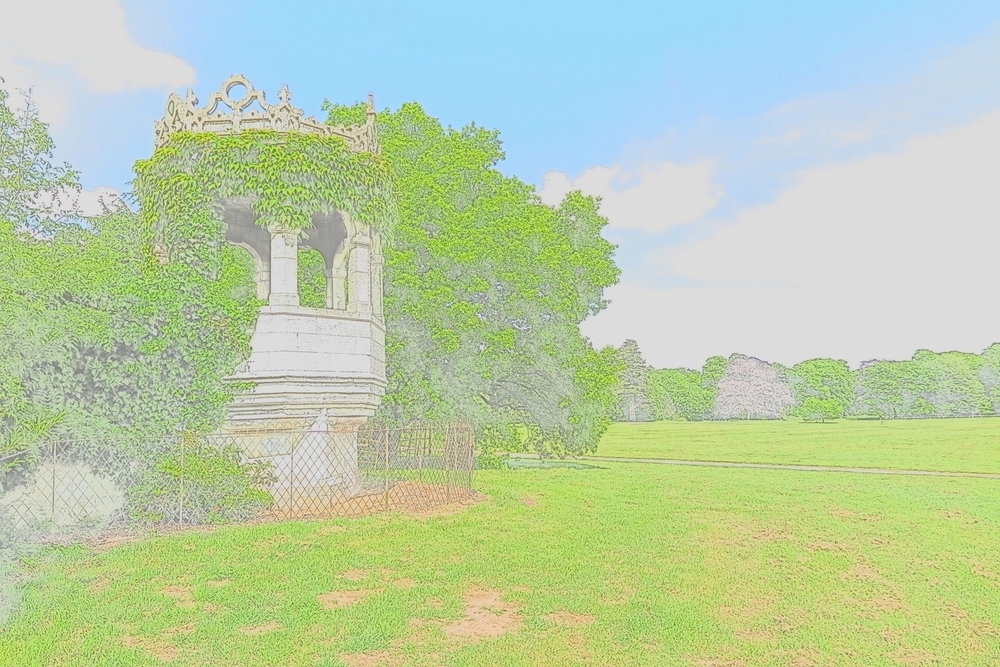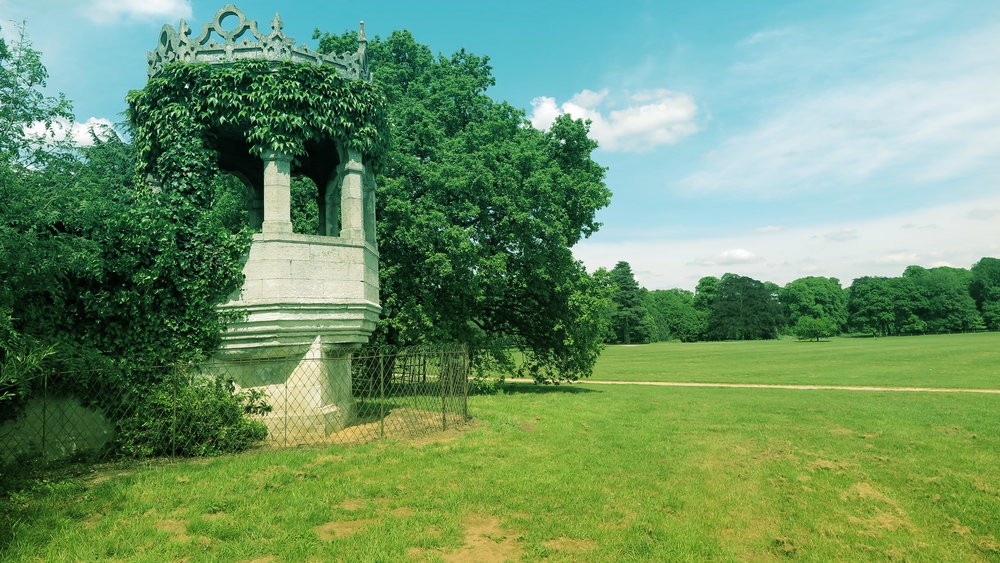Features
Handling
Performance
Verdict
Specification
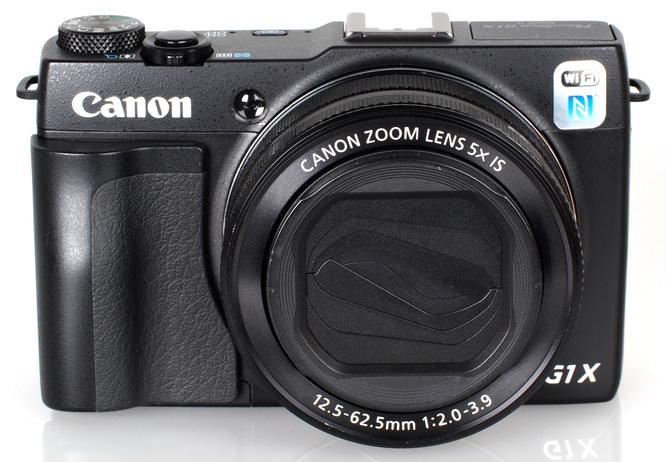
The new Canon Powershot G1 X Mark II is an update to the Canon Powershot G1 X, and features a large 1.5inch CMOS sensor, a new 5x optical zoom lens, with improved macro performance, dual control rings around the lens that can be customised, and a 3inch tilting touch-screen.
Canon Powershot G1 X Mark II Features

The camera now features a brighter 5x optical zoom lens with an f/2.0 aperture at the wide-angle end of the lens and an f/3.9 aperture at the telephoto end, compared to f/2.8 and f/5.8 on the previous model, the Canon Powershot G1 X Mark I. The lens is now wider starting at 24mm equivalent compared to 28mm on the G1 X Mark I, and zooms to 120mm equivalent which is further than the 112mm on the original.
The camera features a 1.5inch CMOS sensor, which is larger than most other compact camera sensors. The camera will also shoot multi-aspect ratio shots, at 3:2 and 4:3 aspect ratios, whilst maintaining the same angle of view, as shown in the diagram below.
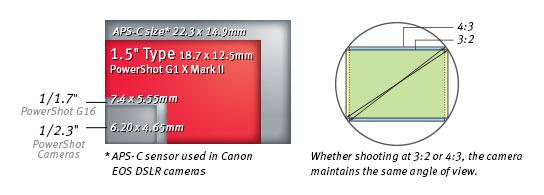
On the back, a tilting 3inch touch-screen can be found with a 1037k dot resolution. Another new feature is the dual lens rings surrounding the lens, the closest to the camera with clicks, the furthest away rotates smoothly and can be used for manual focus amongst other things. 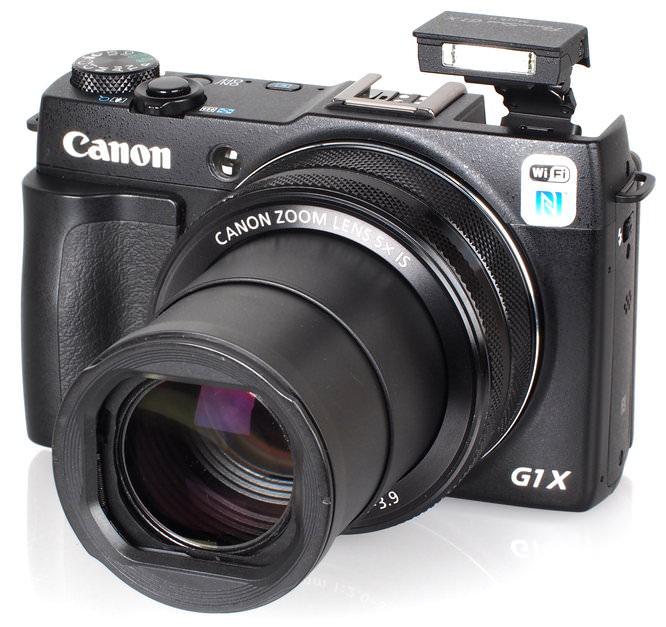
Gone is the optical viewfinder, and introduced with the Canon Powershot G1 X Mark II is a new electronic viewfinder (EVF), the tilting EVF-DC1, which features a 2.33million dot resolution, dioptre adjustment, eye-detection sensor, and side button to manually switch between the EVF and screen if necessary. The EVF-DC1 is priced at £249. The EVF-DC1 connects to the flash hot-shoe, and has electronic connectors on the end, which are used for the connection. Quality appeared to be very good, with a quick refresh speed and good colour reproduction. 
Key Features
- 1.5inch Canon CMOS sensor
- 12.8 megapixel (3:2) and 13.1 megapixel (4:3) images
- 5x optical zoom lens, f/2-3.9, 24-120mm equivalent
- 3inch tilting touch-screen, 1037k dots
- ISO100 to ISO12800
- DIGIC 6 processing and Intelligent IS
- 31-point AiAF and MF Peaking
- Dual Control Rings and touch-screen operation
- Optional electronic viewfinder
- FullHD Video with stereo sound
- 5.2fps continuous shooting
- Wi-Fi / NFC Connectivity
- 14-bit RAW shooting
Canon Powershot G1 X Mark II Handling
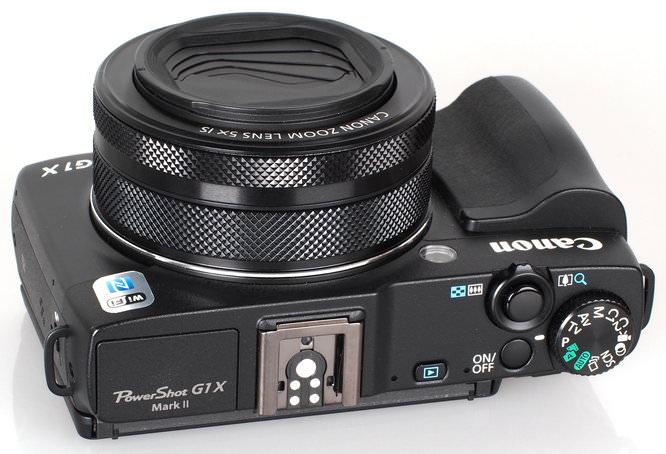
The Canon Powershot G1 X Mark II is a solidly built metal bodied camera with a large handgrip - which is specifically for the UK / European market. The camera feels very well built with the large control rings surrounding the lens having a textured metal ring helping make it easy to change options. The front handgrip is rubberised, as is the rear thumb grip, although it would be nice if the thumb grip on the back was slightly larger.
Canon Powershot G1 X Mark II UK / European version on the left, vs USA / Japan version on the right
The camera features manual focus, with 2x and 4x magnification views, as well as focus peaking to aid focus, however it would be nice if it was possible to zoom in further. The 3inch screen has a good resolution of 1037k dots, looks good, and tilts down, as well as tilting all the way up, making it possible to take self-portraits. You can also use the touch-screen to set the focus position on screen, and a large area of the screen is available to choose from.
Pressing the function button on the back of the camera brings up all of the most commonly altered photo settings on screen. You can customise what settings are available here for example if you wanted to remove some of the options. You can also customise what the S, Movie buttons do, as well as what the front two control rings and rear scroll wheel do in P / M / Av / Tv modes. 
Menus – To change settings you can press the function button, located within the circular 4-way controller on the rear and this will bring up a number of common settings on the screen. To adjust more advanced settings you simply press the menu button and the options are spread over three screens. The menus laid out well, and will feel very familiar those who have used Canon compact cameras before.
Wireless Connectivity - In order to connect the camera and a smartphone or tablet, Canon’s Camera window app must first be installed on your Android or Apple, phone or tablet. Once complete, the camera can be connected directly to the device via Wi-Fi or NFC, or through your home network via Wi-Fi.
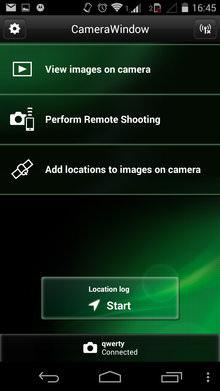 |
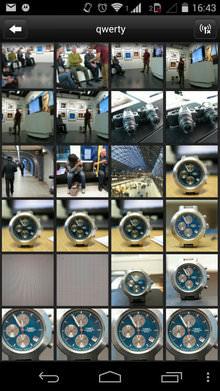 |
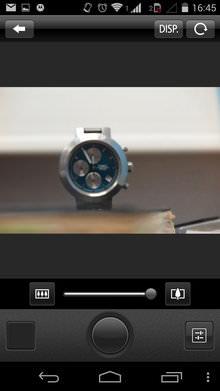 |
| Canon Camera Window | Playback | Remote Shooting |
Connecting directly to an Android device is straightforward. Connecting over a home network via Wi-Fi is very straightforward also, although entering the password for your network can be quite fiddly on the camera, especially as numbers and letters are on separate keyboard screens. Once connected, images on the camera can be viewed on the smart phone or tablet and then shared via whatever apps you may have on the device, such as Facebook, Twitter, and Instagram etc.
The camera can even be controlled via the app, which works much better than we expected. Zoom and focus can be controlled remotely, as can other options, like the flash mode for example. This can be especially useful for those who are partial to taking the odd 'selfie' photograph, as the image can be composed easily using your phone's display. The GPS capability of your device can also be utilised to add geo-tags to your images as they are taken.
Battery life - Battery life is rated at 240 shots according to Canon / CIPA test results, and 300 shots on economy mode. This is a little short, and if you wanted to shoot more, we would recommend a spare battery. 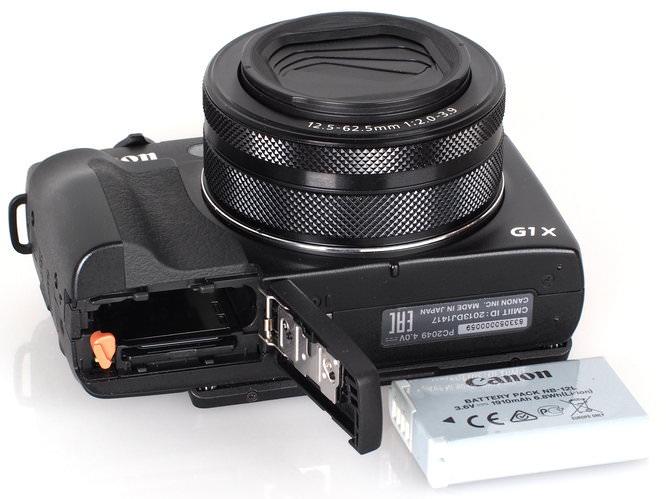
Speed - We took a number of shots to test the camera's responsiveness, from switch on to first photo, shot to shot, focusing speed etc. We take a number of shots and then use the average to ensure accurate and consistent tests, making it easy to compare with other cameras.
| Shutter Response | <0.05secs |
| Wide - Focus / Shutter Response | 0.225secs |
| Full zoom - Focus / Shutter Response | 0.275secs |
| Switch on Time to Taking a Photo | 1.8secs |
| Shot to Shot without Flash | 1.1secs |
| Shot to Shot with Flash | 2.2secs |
| Continuous Shooting - JPEG (shots before slow down) |
5.29fps (until memory card becomes full) |
| Continuous Shooting - Flash | 1.7secs |
| Continuous Shooting - RAW | 0.67secs |
The camera has fast continuous shooting when shooting JPEG images at 5.2fps, but is much slower when shooting raw. Focus and shutter response are both quick, and an improvement over the previous model. 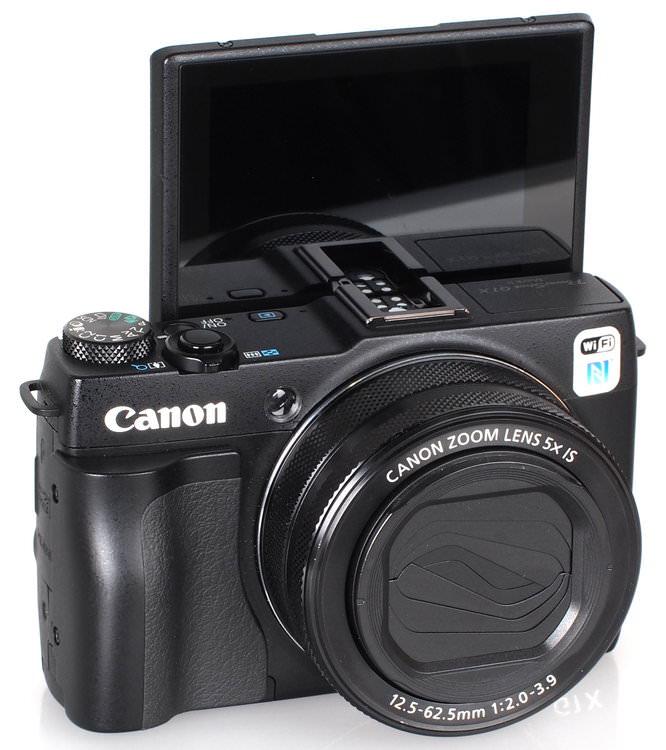
Canon Powershot G1 X Mark II Performance
The performance section is where we look at the image quality performance of the camera. Additional sample photos and product shots are available in the Equipment Database, where you can add your own review, photos and product ratings.
Canon Powershot G1 X Mark II Sample Photos
Sample Photos - The camera produces images with pleasing colour and reliable exposure. Photos taken with the built-in pop-up flash show very little red-eye, good skin tones, and impressive levels of detail. You can easily recover shadow detail by shooting raw and converting the images yourself, however using the dynamic range options in-camera gives good results, with sharp and detailed JPEG images produced.
Canon Powershot G1 X Mark II Lens test images
Lens Performance - The camera offers improved macro performance over the previous model, with the camera focusing on subjects as close as 5cm from the front of the lens on the wide-angle setting, and 40cm at the telephoto end. When using auto focus on the macro setting the camera often doesn't like to focus on subjects close to the camera, and for better macro results we used manual focus, with the lens aperture stopped down to avoid focus errors.
Distortion is controlled well at the telephoto end of the lens with minimal pincushion distortion, although at the wide-angle end of the lens there is some barrel distortion, as well as vignetting visible at times. Purple fringing and chromatic aberration is well controlled with very little visible even when shooting scenes with high levels of contrast. Detail is very good in the centre of the image, with just a very slight softening in the very far corners when shooting wide-angle shots wide-open. Detail is also very good when shooting using the optical zoom.
Canon Powershot G1 X Mark II ISO test images
ISO Noise Performance - For the lowest noise and best detail possible we would recommend using ISO100 to ISO800, as images have low levels of noise and good levels of detail. For lower light situations ISO1600 to ISO3200 still provides good results, although noise increases and detail is reduced. At ISO6400 and ISO12800 noise levels become strong and we would recommend avoiding this setting if possible, although results may still be useful if resized and used on the web.
Canon Powershot G1 X Mark II White-balance test images
White Balance Performance - Auto White Balance (AWB) gives a yellow / warm colour cast under tungsten lighting, with the tungsten preset giving a slightly better result. AWB performs very well under fluorescent lights, with the fluorescent preset giving a slight yellow colour cast. Much more accurate results can be achieved by using manual white balance.
Canon Powershot G1 X Mark II Outdoor images
The camera has a number of options to improve the dynamic range recorded by the camera, including Dynamic Range (DR) correction, Shadow correction, HDR shooting mode, as well as Auto Exposure Bracketing.
Canon Powershot G1 X Mark II Digital filters
Digital Filters - There are a number of colour options to choose from in the My Colours section of the function menu as well as digital effects such as a miniature effect and creative filters like the toy camera effect.
Creative shot mode - Accessed using the mode dial on top of the camera, this mode takes six images in quick succession, applying different crops and filters randomly to each image. One possible use for this mode is for sharing images via one of the popular photo montage apps on a smartphone, or simply to choose the effect you like best of the six.
Video - The Powershot G1 X Mark II records full HD video with stereo sound and optical zoom at 30fps. When using the optical zoom whilst recording the noise of the lens is picked up by the internal microphones. Image quality and image stabilisation are both good.
Value For Money
The Canon Powershot G1 X Mark II is available for £729 which makes it good value for money, for a large sensor camera with a bright lens. Large sensor compact cameras generally fall into two camps, those with a large APS-C sensor and no optical zoom, such as the following models:
Ricoh GR, f/2.8 28mm equivalent, £499
Fujifilm X100s, f/2.0 35mm equivalent, optical viewfinder, £869
Nikon Coolpix A, f/2.8 28mm equivalent, £649
Sigma DP1 Merrill, f/2.8 28mm equivalent, £349
Leica X2, f/2.8 35mm equivalent, £1250
Then there are others with optical zoom, such as the rather expensive Leica X Vario, with APS-C sensor, priced at £1949, or alternatively there is the 1inch sensor Sony Cyber-shot RX100 II / III (with built in EVF), priced from £550.
Beyond these the next choice would be a mirrorless camera, of which there are many to choose from, a number cheaper than the Canon Powershot G1 X Mark II, and with a wide variety of lenses to choose from, although to get a lens as bright as the Canon's you would need to buy prime lenses. You could look at the following mirrorless cameras which all feature a built-in electronic viewfinder, faster continuous shooting and are roughly the same size as the Canon:
Olympus OM-D E-M10, EVF, £660 with 14-42mm lens
Panasonic Lumix GX7, EVF, £739 with 20mm f/1.7 lens
Sony Alpha A6000, EVF, £639 with 16-50mm lens
You'll also need to buy a memory card and a case or bag to keep your camera safe and protected - have a look at our complete guide to camera bags.
Canon Powershot G1 X Mark II Verdict
The Canon Powershot G1 X Mark II is a noticeable upgrade to the original G1 X, with a brighter lens with an improved zoom range, from 24mm to 120mm. Built in Wi-Fi and a 3inch touch screen brings the camera up to date letting you quickly transfer images, as well as remotely control the camera. However, the camera is noticeably large, making it roughly the same size as a mirrorless camera, with a similar price point as well. For those that are familiar with Canon cameras, this should make an excellent backup to a DSLR however the relatively short battery life and slow continuous shooting when shooting Raw images is a little disappointing. If you aren't concerned by this and simply want a solid metal bodied camera with a bright lens, and great image quality then the Canon Powershot G1 X Mark II is certainly recommended.
The Canon Powershot G1 X Mark II is a well thought out digital camera with an impressive lens and delivers high quality images.


